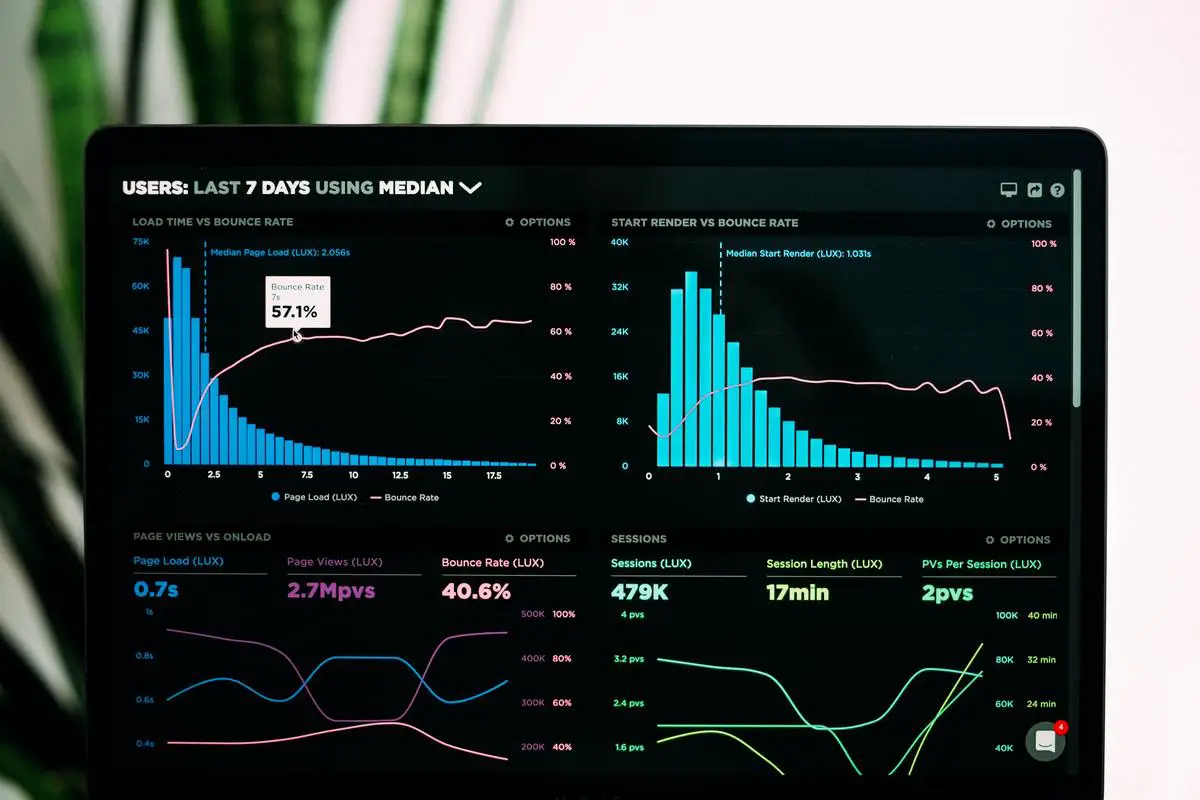Understanding Paid, Owned, and Earned Media
Paid Media: Buying Attention
Simply put, paid media is any form of media that you, as the marketer, pay for.
This can include advertisements on TV or radio, sponsored posts on social media and web banners. Imagine it like purchasing a billboard on a busy highway. You’re essentially paying for the time and space to reach an audience with your message.
Key Points:
- You purchase it
- Wide reach
- Advertisements on various platforms
Owned Media: Controlling the Message
Next up, we have owned media. As the name suggests, these are the channels that you own.
Think your company’s website, blog, or social media profiles. Consider it like your marketing home base, where you have complete control over the content, tone of voice, and frequency of updates.
Key Points:
- You have full control
- Direct contact with consumers
- Website, blog, social media profiles
Earned Media: Gaining Trust
Lastly, we have earned media. This is any publicity you gain organically, without paying for it directly.
From customer reviews, to mentions in newspapers or on TV shows, to shares and retweets on social media – it is all part of earned media. Think of this as the modern ‘word-of-mouth’ marketing.
Key Points:
- It’s free (sort of)
- Third-party endorsement
- Reviews, shares, and retweets
Quick Example of Paid, Owned, Earned Media
Let’s put these into a real-life context. Let’s say you are launching a new energy drink.
- You could pay for a celebrity to endorse your drink, that’s paid media.
- You might write a blog post on your website about the benefits of your drink. That’s owned media.
- Lastly, if customers start recommending your drink to their friends or a health blog features your product, this is free publicity – earned media.
All three types have their own advantages and limitations.
- Paid media can quickly increase brand visibility.
- Owned media gives control over your message. However, they can be resource-heavy.
- Earned media delivers high credibility, but is hard to generate and control.

The Benefits and Limitations of Each
Paid Media: Pros and Cons
A major plus of paid media is that it can offer immediate exposure. Simply put, you pay for that ad spot, it goes live, and voila, your brand is in front of potential customers.
Paid media allows you to target your advertising towards specific market segments as well. Do you want your ads to be seen by female teenagers who love pop music? No problem, you can do that with paid media.
However, every coin has two sides. For paid media, the issues begin once the cash flow stops. When you stop paying for ads, your exposure ends as quickly as it began.
Additionally, consumers are aware these are paid ads, which can lead to a level of skepticism.
Looking at Owned Media
Its main advantage is clear – you have complete control.
On your own platforms, be it your website or social media pages, you decide what to publish, how to publish it, and when. This control allows for direct interaction with your audience without interference.
But… building a strong owned media presence takes time. Unlike paid media, you can’t guarantee immediate reach and visibility.
And you have to build your audience organically which need time, effort and patience.
Exploring Earned Media
Lastly, let’s examine earned media. The biggest benefit of earned media is that it is often seen as more authentic than other types.
When a customer writes a glowing review or an influencer raves about your product, it’s typically regarded as genuine. This kind of advocacy can be incredibly powerful.
However, the tricky part with earned media is the lack of control. You’re at the mercy of public opinion. One negative review can quickly spread and damage your reputation.
Comparing Paid, Owned and Earned Media
After examining each media type, it’s evident that a balanced combination works best.
Use paid media for targeted and immediate exposure, leverage owned media for direct and controlled messaging, and promote earned media to build trust through authenticity.
Remember, the media types aren’t standalone. Seamless integration can get your brand message across more effectively and efficiently. Using the three types strategically in conjunction can maximize your potential reach, form a direct connection with your audience, and build a credible reputation.
In the end, successful marketing isn’t about picking one type over the others. It’s about understanding the strengths and weaknesses of each, and using each at the right time, in the right way.

Integrating Paid, Owned, and Earned Media
Striking a Balance
Regardless of its size or industry, every business needs a balanced mix of these three media types to maximize its marketing impact.
While paid media may offer immediate exposure, it’s equally vital to invest time and effort into owned media to build a dedicated community organically. Earned media, while unpredictable, can act as a powerful advocate for the brand.
A well-rounded communications mix might look like this:
- 45% paid, for immediate and targeted reach
- 25% owned, for long-term customer relationships
- 30% earned, for credibility and brand advocacy
Remember, these ratios aren’t a one-size-fits-all strategy. What constant remains is the advantage of leveraging all three facets concurrently to maximize reach and effectiveness.
Harnessing The Strengths
One optimal strategy in marketing is to use the strengths of one media type to offset the weaknesses of another.
For instance, the skepticism associated with paid media can be counteracted by the authenticity of earned media.
Similarly, the lack of control in earned media can be compensated by total control in owned media.
So remember, when outlining your communications plan, consider how each media type can complement the other, enhancing their collective impact.
Integration In Action: Quick Examples
Take a popular fast-food chain, for example.
It may utilize paid media to engage potential new customers with persuasive advertisements. Simultaneously, it could have an active blog (an example of owned media) where it shares behind-the-scenes stories, recipes, and nutritional information.
This mix could stimulate positive reviews and media coverage (earned media), further bolstering its reputation.
Visualize another scenario—a new software startup.
Paid media might involve Google ads targeting specific user demographics, while owned media could include a robust, user-friendly website and an informative blog.
Happy customers, an outcome of an exceptional product and customer service, could result in referrals and positive online reviews—creating valuable earned media.

Photo by lukechesser on Unsplash
